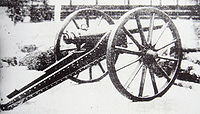The location of Saga Castle was originally a fortified village under the
control of the Ryūzōji clan, warlords of a small area
of northern Kyūshū in the Muromachi period. After Ryūzōji
Takanobu was defeated by a coalition of Shimazu and Arima forces in 1584, his retainer Nabeshima
Naoshige gained control of the castle. Naoshige allied the clan with Toyotomi
Hideyoshi and gained personal distinction during the Japanese invasions
of Korea, during which time he befriended noted castle architect Katō Kiyomasa and
future Shōgun Tokugawa Ieyasu.
Following the Battle of Sekigahara, the Nabeshima clan
was confirmed in its holdings in Hizen province, and Naoshige’s son, Nabeshima
Katsushige became 1st daimyō of Saga Domain. Naoshige began work on rebuilding the
castle with the approval of the Tokugawa Shogunate beginning in 1602, with
the work completed under Katsushige by 1611. The original structure included a
five-storey donjon surrounded by a system of
80-metre wide moats. Unusually, the moats
are not surmounted by stone walls, but by earthen ramparts tall enough to
conceal the inner fortifications. These ramparts were also planted with pine and
camphor trees for additional concealment, which lent the castle its
nickname.
A fire in 1726 destroyed most of the castle structures, including the donjon.
The palace portion was restored two years later in the outer bailey, which
was the centre of the Saga domain government for most of the Edo period. Another
fire occurred in 1835, after which the buildings were reconstructed by Saga
domain’s final daimyō Nabeshima Naomasa.
After the Meiji
Restoration, the castle remained the location for the local government
offices. However, the castle was occupied in 1874 by former politician Gotō
Shimpei and his following of disgruntled samurai in the Saga Rebellion. The rebels were defeated by
military force, during which most of the buildings in the castle were burned
down.
Since 1874, the castle grounds have been used as the site for a court
building and a prefectural
office, and in 1883 it became a junior school. The buildings were eventually
replaced by modern school buildings. In 1953, one of the surviving gates of the
castle was proclaimed a Saga Prefectural Important Cultural
Property (PICP). It gained national protection (ICP) in 1957.
From 2001 to 2004 the main portion of the castle was restored. It is now
houses the Saga Castle History Museum and is the largest wooden castle
reconstruction in Japan.
Saga Castle is also the castle where Yamamoto Tsunetomo, the orator of Hagakure, worked.
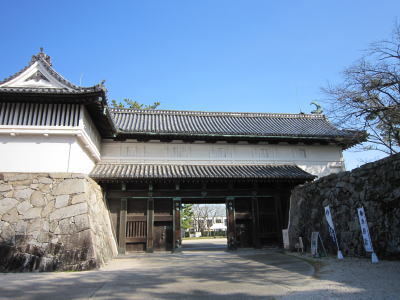 |
Main Gate, Shachi Gate
Shachi is an imaginary dolphin-like fish.
You will see the shachi on the right end of the roof.
This gate was designated as a National Important cultural asset in 1957. |
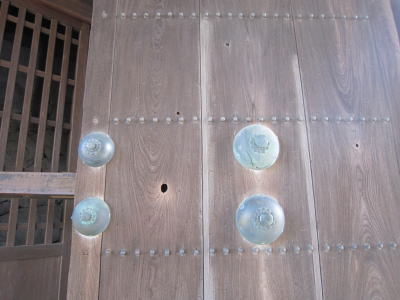 |
Bullets went through this main gate door, at Battle of Saga erupted in
1874. |
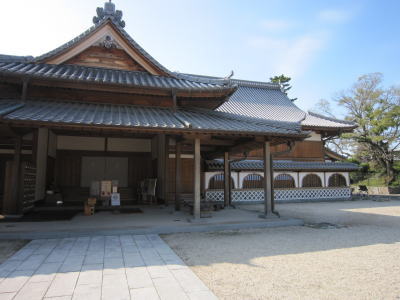 |
The Main Entrance |
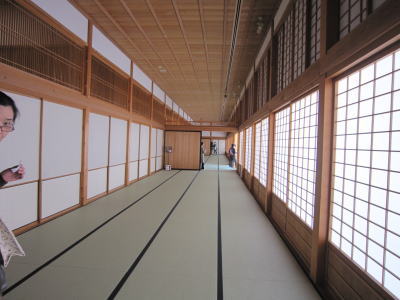 |
The hallway beside the official ceremonial hall |
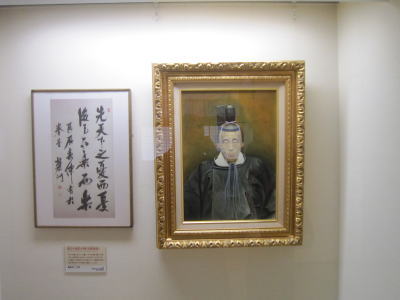 |
Naomasa Nabeshima became the 10th lord of Saga
Domain (han) at the age of 17. Demonstrating strong leadership, he was
committed to the introduction of science and technology, administrative reform,
and education.
|
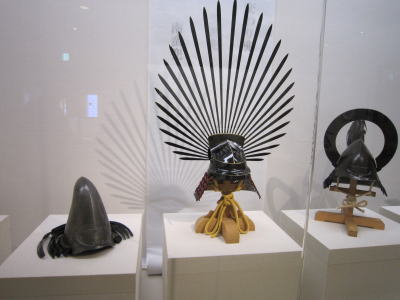 |
Exhibition room
Worrier's helmets some 400 years ago |
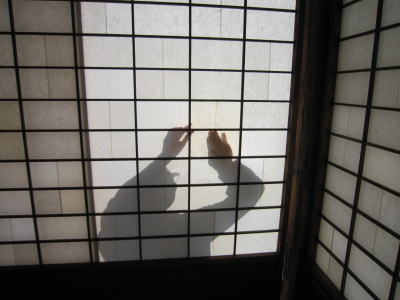 |
fixing the broken paper of the sliding door. |
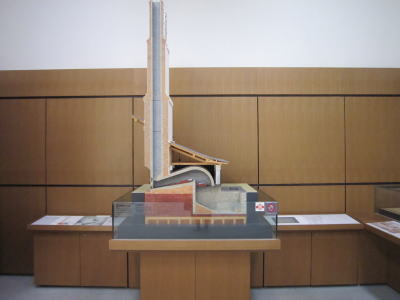 |
The first reverberatory furnace in Japan was built in Saga.
The Saga Han made cannons, learning from Dutch. |
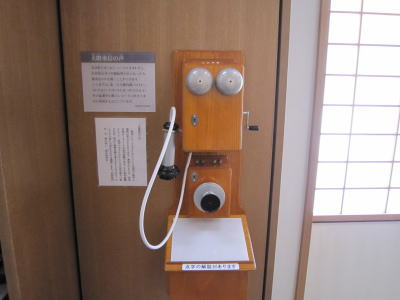 |
On this phone, you can hear the recorded voice of Shigenobu Okuma, Politician,
Prime Minister, the Founder of Waseda University.
who died in 1922.
|
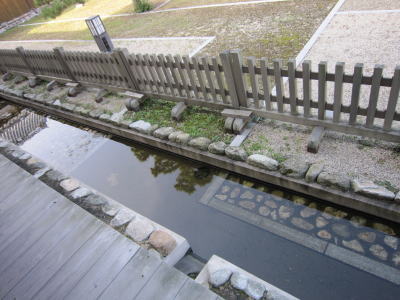 |
This castle is clean and beautiful inch by inch. |
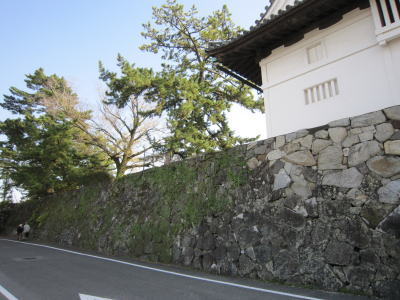 |
Same winds as 200 years ago are blowing when we walk beside the castle. |
Saga is not a flashy prefecture. It is a kind of sober, self-controlled district. Diligent, not wasting, and patient.
Wise lords led this small Han in Kyushu to be a strong, opinion-leading
district at the time of Meiji Restoration.
Saga is a city of sagacity.
Karatsu was not included in this Han, but an antagonizing clan then. The
cannons of Saga Han aimed at Karatsu, but they did not fire, because Karatsu
did not fight. Karatsu survived the Restoration.
The characters of Saga and Karatsu people are quite different from each other. Nevertheless, I sometimes adore the deep, strong self-control of Saga People. This Saga Castle symbolizes the mind of Saga people quite well. Simple, clean, and avoiding useless decorations.
Thank you, friends. I hope you will have a happy and safe new year.
See you again.
|

